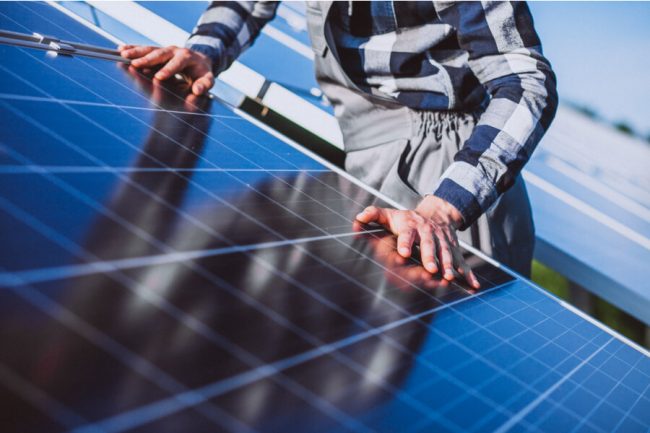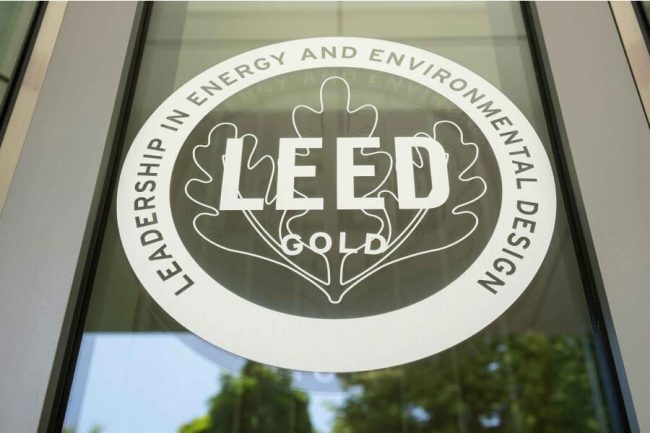As awareness of environmental issues grows, many people are looking to make more eco-friendly choices in their lives. One significant way to contribute to a greener planet is by building a sustainable home. But what exactly is a sustainable home, and how can you create one? Going through the essentials of green home construction, and offering tips, benefits, and practical advice will help you in making your home as eco-friendly as possible.
The Benefits of Living in a Green Home
Living in a sustainable home comes with a lot of benefits that extend beyond just reducing your environmental footprint.
Here’s a look at some of the key advantages:
Health Benefits of Green Living
A sustainable home promotes better indoor air quality by reducing the use of toxic materials and incorporating proper ventilation systems. This can lead to fewer respiratory issues and allergies, creating a healthier living environment for you and your family. Green building practices also often emphasize natural lighting and improved isolation, which can enhance overall well-being.
Environmental Impact of Green Homes
The most obvious benefit of a sustainable home is its positive impact on the environment. By using eco-friendly materials, energy-efficient systems, and reducing waste, green homes help conserve natural resources and decrease pollution. This contributes to the fight against climate change and supports the preservation of our planet for future generations.
Economic Advantages of Building a Green Home
While the initial cost of constructing a sustainable home might be higher, the long-term savings are substantial. Green homes are designed to be energy-efficient, which means lower utility bills. Additionally, many green building features can increase the value of your property, making it a wise investment for the future.
Designing Your Green Home
Designing a sustainable home involves careful planning and consideration of various factors.
Choosing a Sustainable Building Site
Selecting the right location for your sustainable home is important. Choose a site that minimizes environmental impact, such as avoiding areas prone to flooding or erosion. Additionally, consider the local climate and how it will affect your home’s energy needs.
Energy-Efficient Home Design
A well-designed sustainable home maximizes energy efficiency through thoughtful architectural choices. Incorporate passive solar design principles to take advantage of natural sunlight for heating and lighting. This can reduce your dependence on artificial lighting and heating systems, lowering energy consumption.
Sustainable Building Materials
Choosing the right materials is key to building a sustainable home like:
- Recycled and Reclaimed Materials: Using materials that have been recycled or reclaimed reduces waste and decreases the demand for new resources.
- Bio-Based Materials: Materials like bamboo, cork, and hemp are renewable and often have a lower environmental impact.
- Eco-Friendly Isolation Options: Isolation made from recycled paper, sheep wool, or other natural materials can enhance energy efficiency and indoor comfort.
Energy Efficiency in Your Green Home
One of the key factors of a sustainable home is its energy efficiency. Here are some ways to achieve it:
Solar Energy Systems
Installing solar panels is a popular way to harness renewable energy. Solar power can significantly reduce your dependence on fossil fuels and lower your electricity bills. In sunny regions like Spain, solar energy systems are particularly effective.
Geothermal Heating and Cooling
Geothermal systems use the earth’s natural heat to regulate indoor temperatures. This method is highly efficient and can reduce your home’s energy consumption for heating and cooling.
Energy-Efficient Appliances and Lighting
Incorporate energy-efficient appliances and lighting solutions to further enhance the efficiency of your sustainable home. Look for appliances with ENERGY STAR ratings and use LED lighting to reduce energy usage.
Water Conservation in Green Homes
Water conservation is a main part of green living. Implement these strategies to ensure your sustainable home uses water efficiently:
Implementing Rainwater Harvesting Systems
Rainwater harvesting involves collecting and storing rainwater for various uses, such as washing and cleaning toilets. This reduces the demand for municipal water supplies and can be a valuable addition to your sustainable home.
Low-Flow Plumbing Fixtures
Install low-flow taps, showerheads, and toilets to minimize water consumption without sacrificing performance. These fixtures help save water and reduce your home’s overall environmental impact.
Xeriscaping for Water-Efficient Landscaping
Xeriscaping involves using drought-tolerant plants and efficient irrigation techniques to create a beautiful, water-wise garden. This landscaping approach is ideal for maintaining a sustainable home while reducing water usage.
Certifications and Recognition for Green Homes
Certifications can help you validate the eco-friendly aspects of your sustainable home. Consider pursuing:
- LEED Certification: The Leadership in Energy and Environmental Design (LEED) certification is an internationally recognized standard for green building. Achieving LEED certification demonstrates your commitment to sustainability and can increase your home’s market value.
- ENERGY STAR Rating: The ENERGY STAR rating applies to energy-efficient appliances and building designs. Homes with this certification meet strict energy efficiency criteria, contributing to lower utility bills and a reduced environmental footprint.
- Green Globes Certification: Green Globes is another certification system that evaluates the environmental performance of buildings. It provides a comprehensive assessment of your sustainable home’s design, construction, and operational practices.
Maintaining and Living in a Green Home
Maintaining a sustainable home involves ongoing efforts to uphold its eco-friendly features. Here are some tips:
Green Cleaning Practices
Use non-toxic, biodegradable cleaning products to maintain a healthy indoor environment. This prevents harmful chemicals from polluting your home’s air and water.
Eco-Friendly Home Maintenance Tips
Regularly inspect and maintain your sustainable home’s systems, such as isolation, solar panels, and plumbing fixtures, to ensure they operate efficiently. Address any issues promptly to prevent energy waste and ensure continued performance.
Advantages of Sustainable Living Beyond Construction
Living in a sustainable home offers more than just environmental benefits. It fosters a lifestyle centered around mindfulness and responsibility, encouraging habits like reducing waste, conserving resources, and supporting local, eco-friendly businesses. Embracing green living can lead to a more fulfilling and harmonious life.
Conclusion
Building a sustainable home is a rewarding endeavor that offers numerous benefits for both you and the environment. From choosing eco-friendly materials and energy-efficient systems to implementing water conservation strategies, every aspect of green home construction contributes to a healthier, more sustainable future. By following this guide, you can create a sustainable home that not only meets your needs but also supports the planet.
FAQs
What is a Green home?
A green home, or sustainable home, is designed and built with eco-friendly materials and energy-efficient systems to reduce its environmental impact and improve the quality of life for its residents.
How does sustainable design impact the environment?
Sustainable design reduces resource consumption, minimizes waste, and lowers carbon emissions, contributing to a healthier environment and a more sustainable future.
What are Green Building Concepts?
Green building concepts include using sustainable materials, energy-efficient systems, water conservation practices, and implementing designs that reduce environmental impact.
What is sustainable living at home?
Sustainable living at home involves adopting practices and making choices that reduce your environmental footprint, such as conserving energy, using eco-friendly products, and minimizing waste.
What does sustainable mean in a house?
Sustainability in a house means incorporating design principles, materials, and systems that promote environmental preservation, energy efficiency, and resource conservation.







